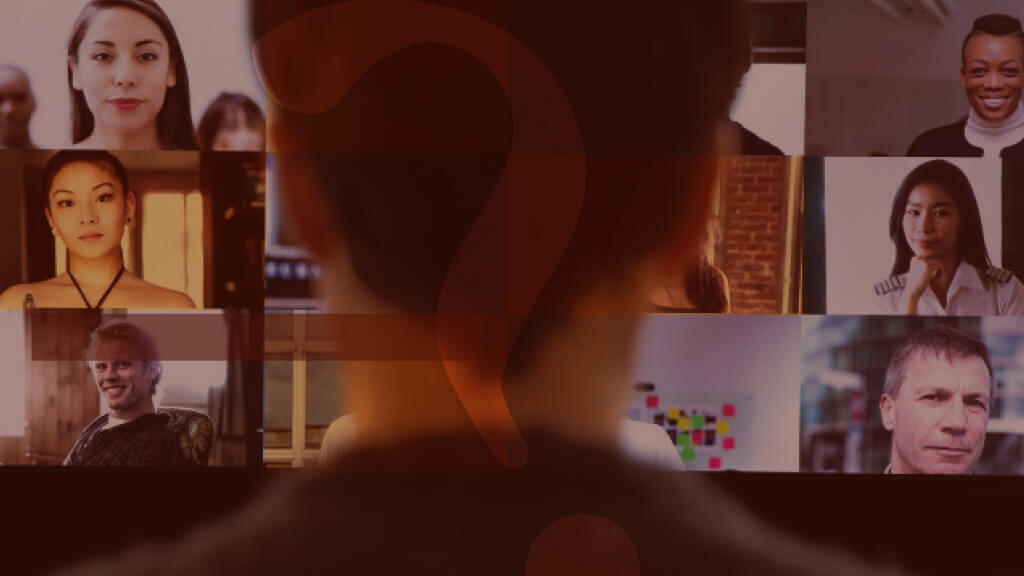Q&A with Alexandra Albinak, Johns Hopkins University
January 21, 2020. That was when news first broke that the novel coronavirus, COVID-19, had arrived in the United States. The next three months saw the country scrambling to understand the scale of what was about to happen. In the midst of this, universities began shuttering their campuses and the American academic system moved online almost overnight.
When Johns Hopkins University announced it would cancel all in-person classes on March 18, it joined an early contingent of universities initiating campus closures to brace for the oncoming pandemic. But as the classrooms turned into virtual conferences, research continuity faced an entirely different set of challenges. Alexandra Albinak, JHU’s associate vice provost for research administration, tells us how her team prepared.
Have your ideas about research preparedness changed over the course of the COVID-19 crisis?
One of the things I attribute the university’s swift action to is having a Chief Risk Officer, who is a full professor in the School of Public Health, and an overarching risk management system. We all knew our roles for years because we had annual continuity exercises where we would go for half days and play out different scenarios in tabletop exercises.
But all of the infrastructure issues are different based on what we’re facing.
They’re similar in that business continuity, being able to work remotely, that’s always been at the top of our minds. A snow storm is regional, but we still have to submit proposals, we still have to do our research. In this case, the VPN (virtual private network) is overloaded because so many people are working from home.
Most universities are still standing up research for anything related to COVID-19. That’s another challenge because you have to worry about dealing with the human subjects. It’s not just about the spread of the virus or endangering participants. There are so many other considerations about what is critical.
That is the big conversation across all universities: We’ve moved away from the word essential, and we’re now asking, “How do you define critical research?” Part of our decision to discontinue non-critical lab research is for the protection of the students. Everyone feels their research is critical, but you have think about the staff and the students that are at risk.
How did you prioritize action and manage the flow of so much information through the enterprise?
My team started planning about three weeks before the campus closed. We’re the ones who submit the proposals and accept the awards, so that keeps the money coming in.
The Vice Provost for Research, Denis Wirtz, took the lead in bringing our groups together and collaborating with the School of Medicine. We have three different offices and many IRBs, but they still talk daily to make sure things are addressed.
After we made the plans and figured out how we are going to do it, we asked: “How do you operationalize all of this?” That is the challenge all universities are facing.
What do you think were the most critical first steps you took to begin preparing everyone for major operational changes?
Our key first steps involved keeping in touch with our federal sponsors and making sure we’re all on the same page with how we were going to handle this. Then we contacted Human Resources to make sure the faculty and staff issues were addressed. HR sent a very clear message that we were going to move to telework and that they were there to support us.
From an administrative standpoint, we decided that Microsoft Teams was going to be our best friend. It has been helpful because it has web conferencing and chatting. All administrative staff are getting better at learning to use these tools as well.
What kinds of larger conversations do you think COVID-19 should be prompting within our research enterprises?
There’s a lot going on, both internal and externally. Hopkins is a member of the Council of Governmental Relations (COGR) and we’re also members of the AAU. If anything, that traffic and the consulting has accelerated.
For instance, I participate twice a week on a call that COGR organizes. There are about 50 participants from across the country sharing how they are dealing with the challenges, everything from trying to figure out how to move 35 people instantaneously from working in an office to their homes to questions like “How are you interpreting that one FAQ?” that a government agency might have sent out.
This has all of us in university research now asking ourselves: What does remote research really look like? Do you see any longer-term shake up to business as usual within university research on the other side of this pandemic?
Somebody in our biweekly calls at COGR brought up issues around rigor and reproducibility, an important issue that faculty don’t have much dedicated time to think about. Perhaps faculty can have more opportunity to deal with the conceptual aspects of research if they’re not running back and forth to a lab.
But you have to figure out how to adapt to any kind of change, whether it’s sudden or gradual. When we were considering continuing to pay and doing telework – that included research – we knew there would be universities that are heavily lab-based where remote work will be more staggered. For instance, people will have to work certain shifts, I know they are doing that in our labs. But there is a lot that of work that can be done remotely. You can imagine an explosion of remote-work software and solutions for data security issues in the event we must work like this in the future. I hope this situation will accelerate the technologies for large data repositories and things the government already wanted to prioritize. These are things that we need to consider in the event that we face another crisis.



